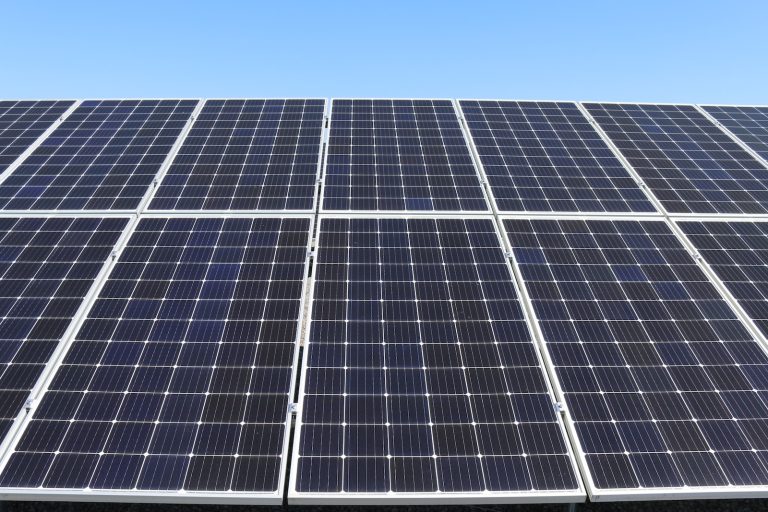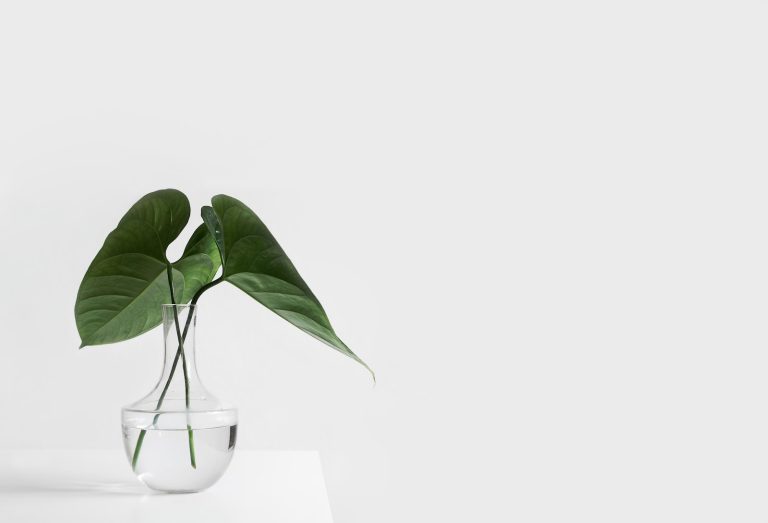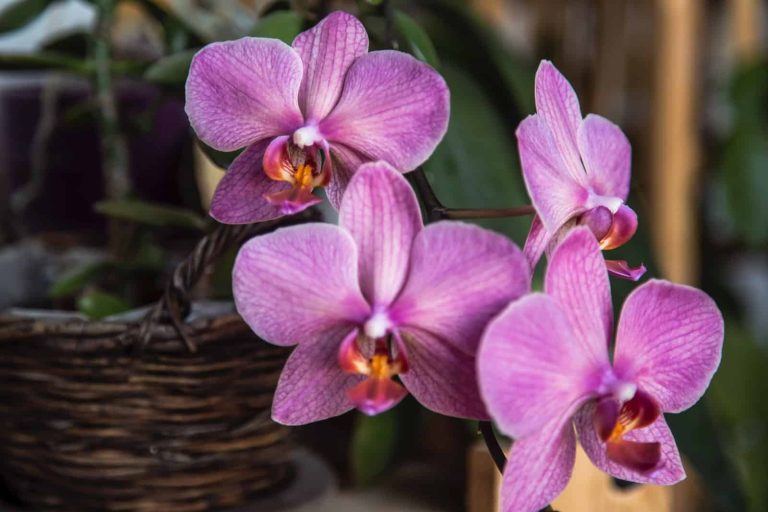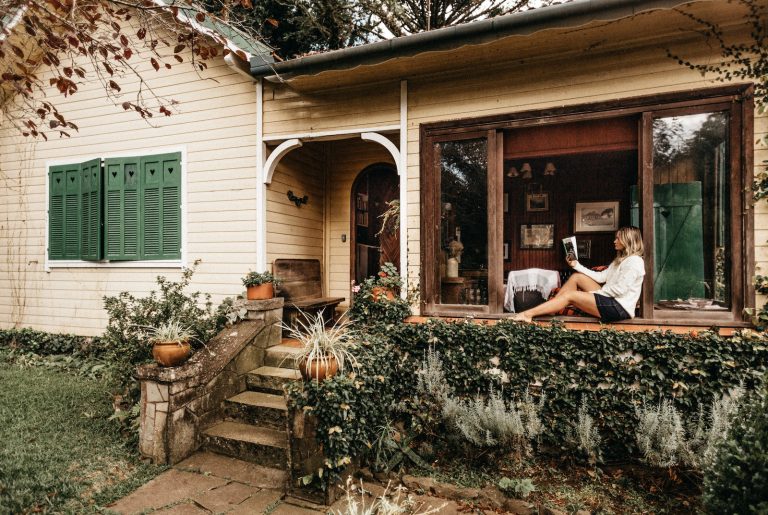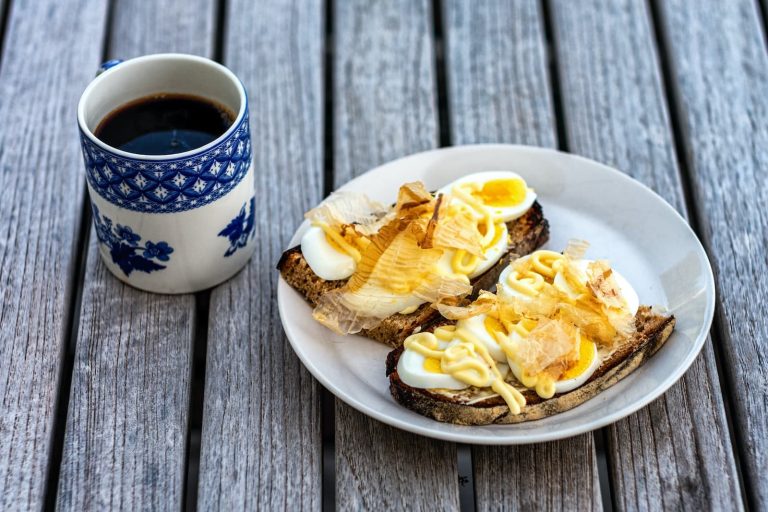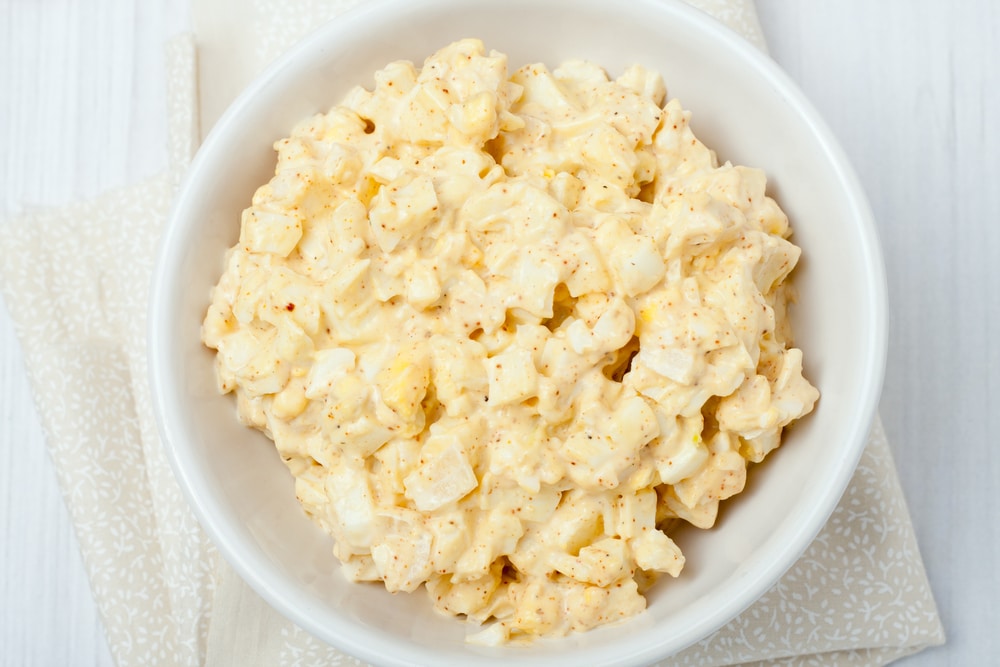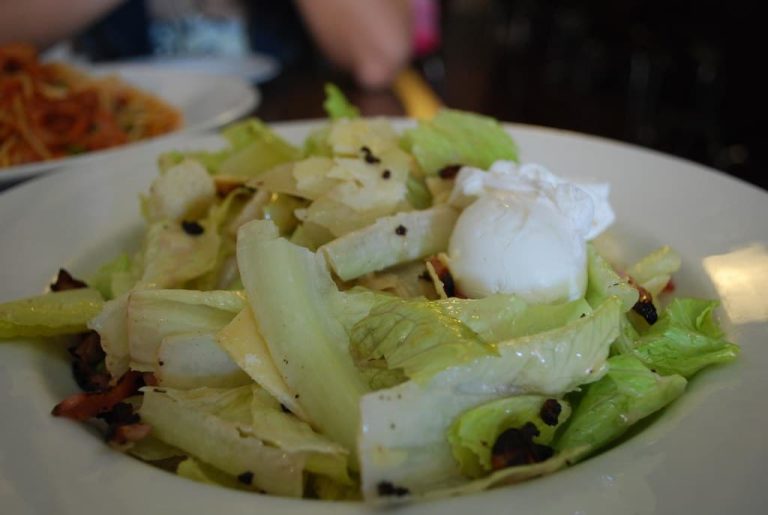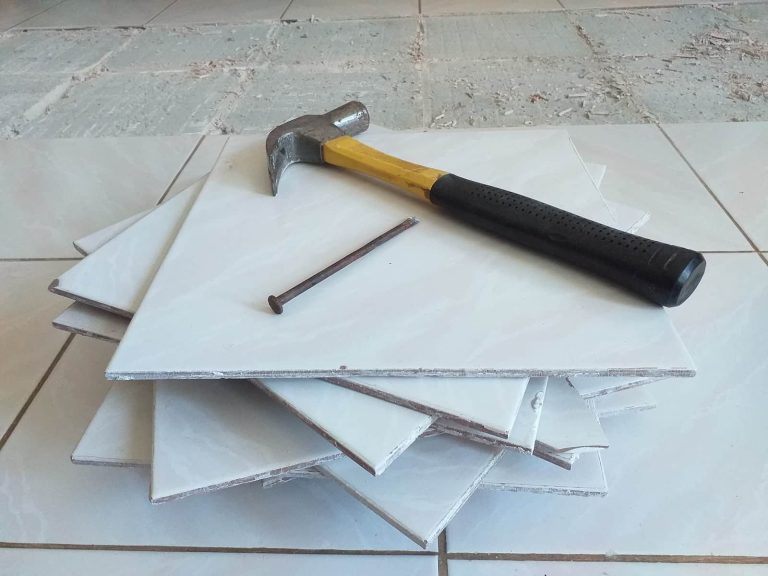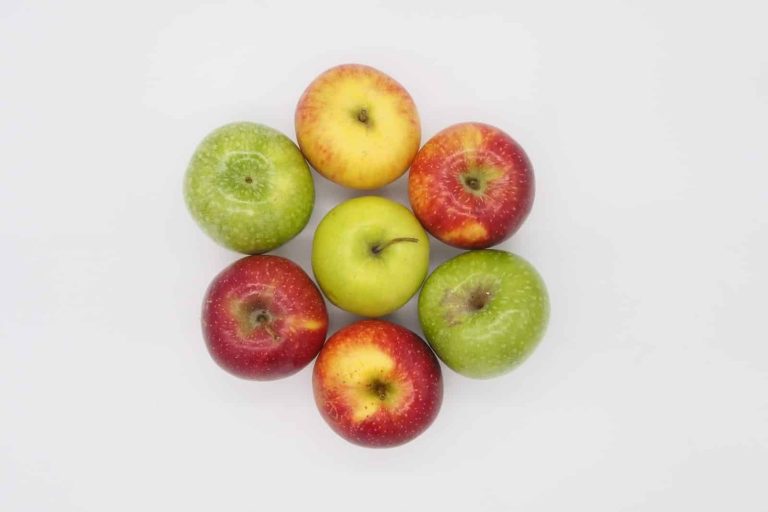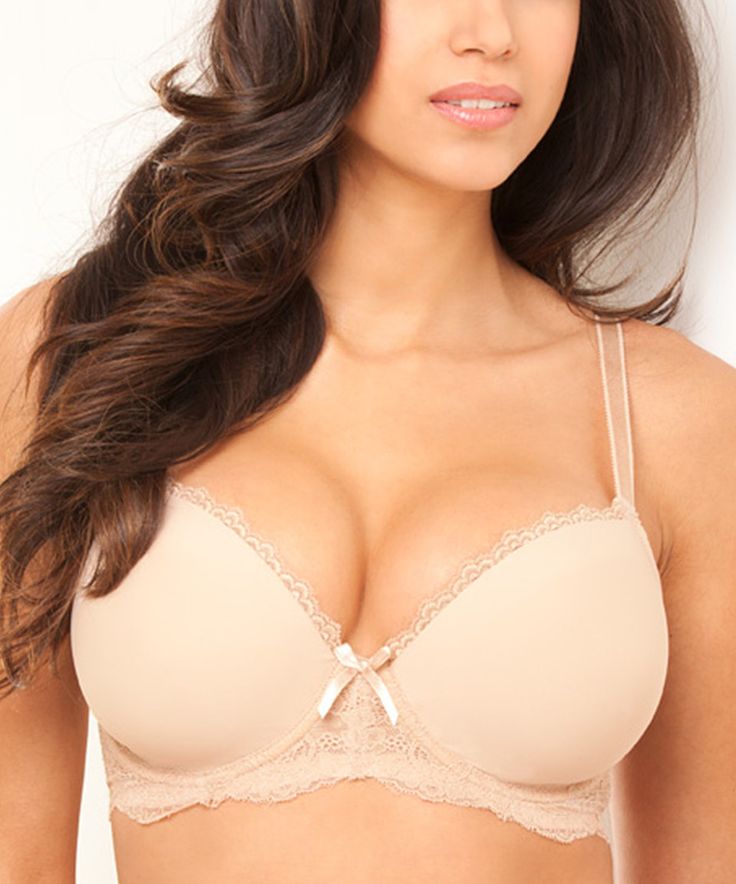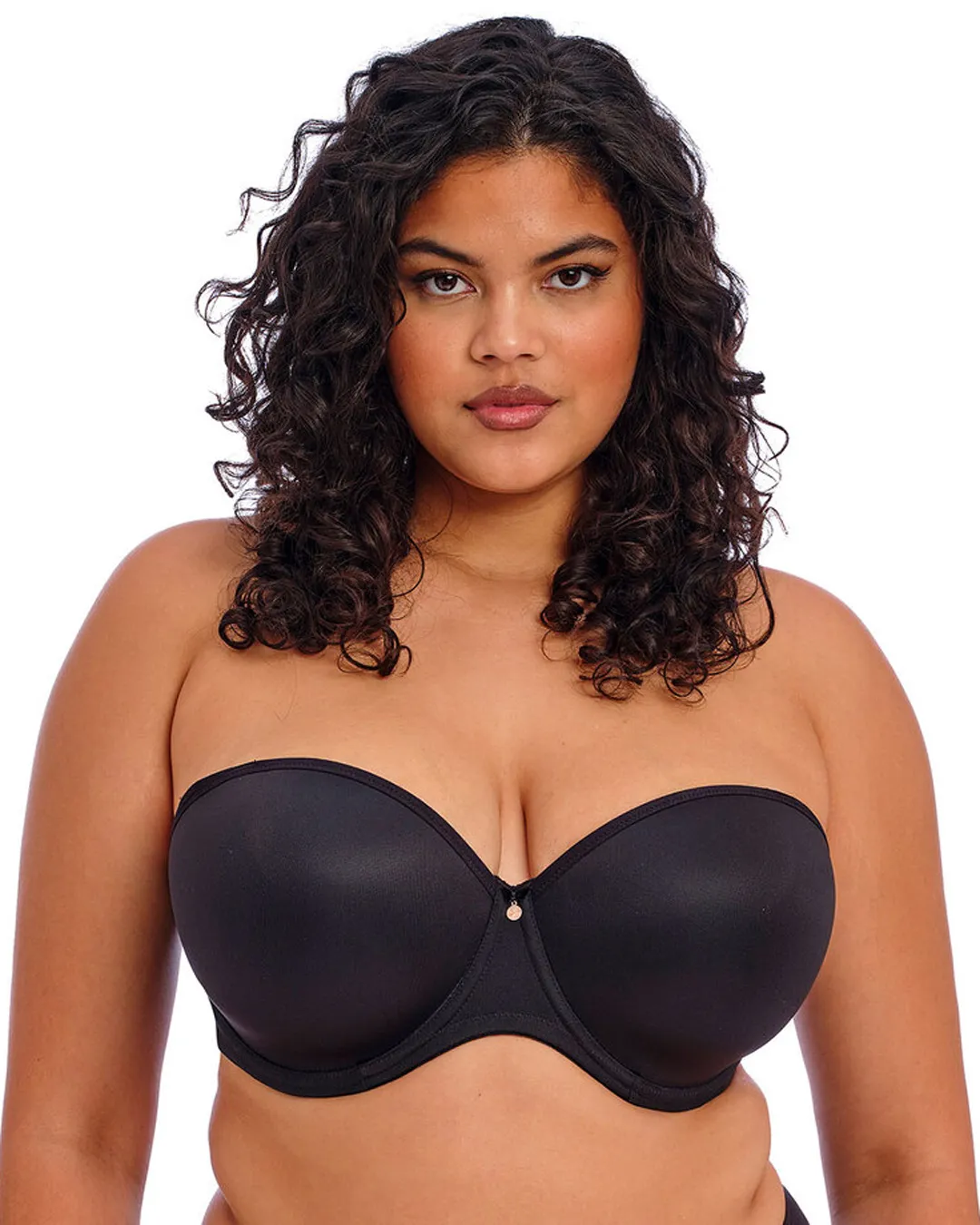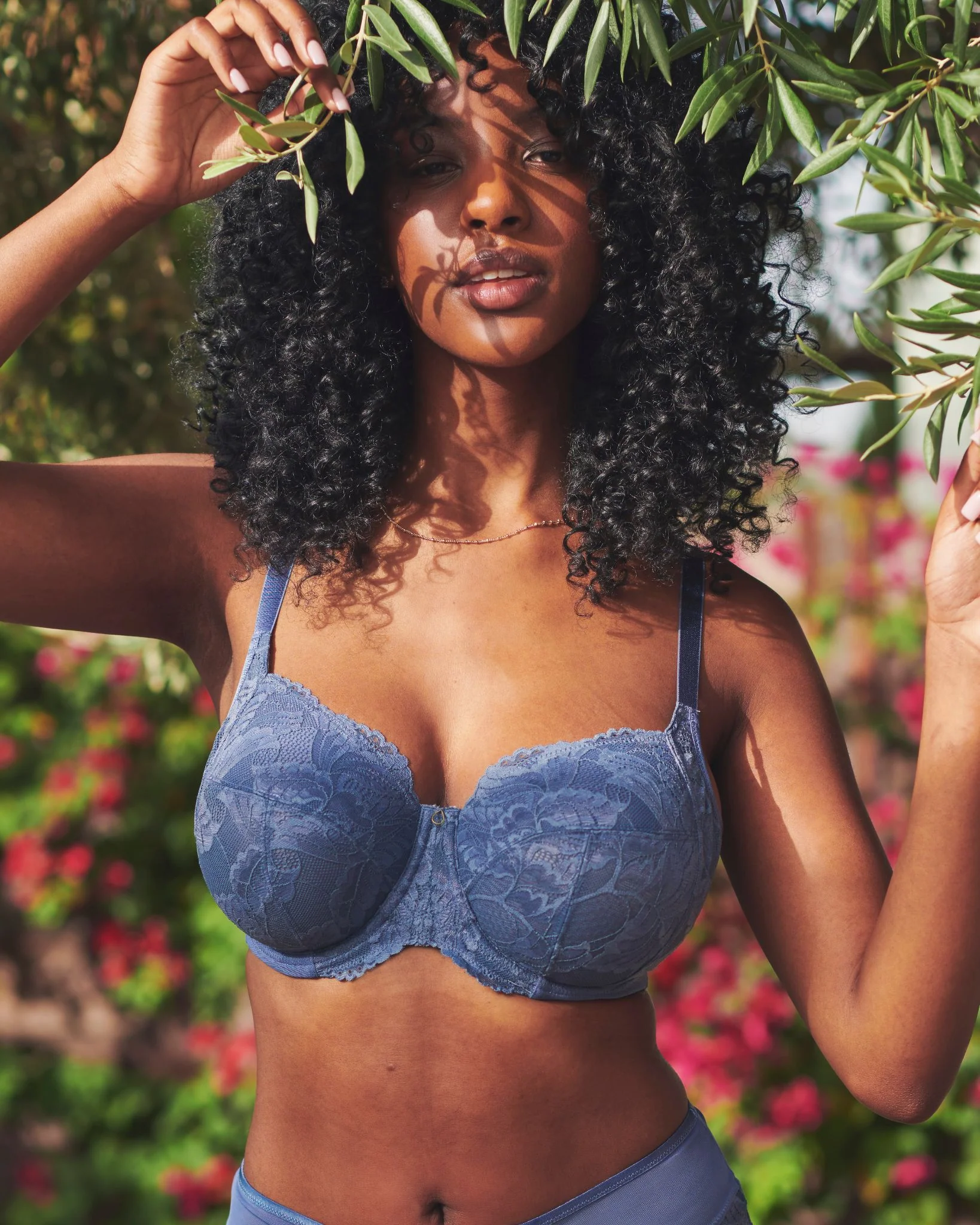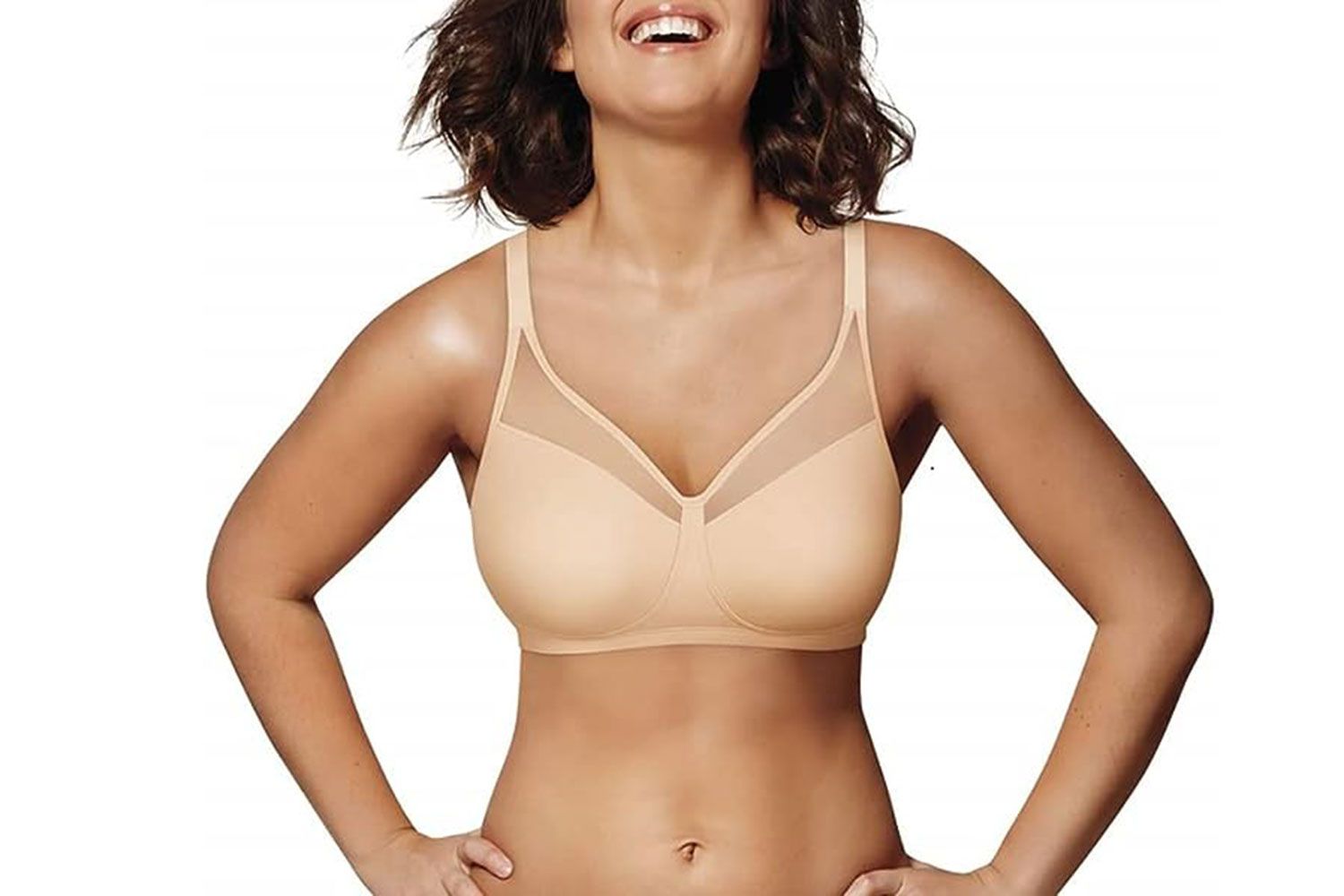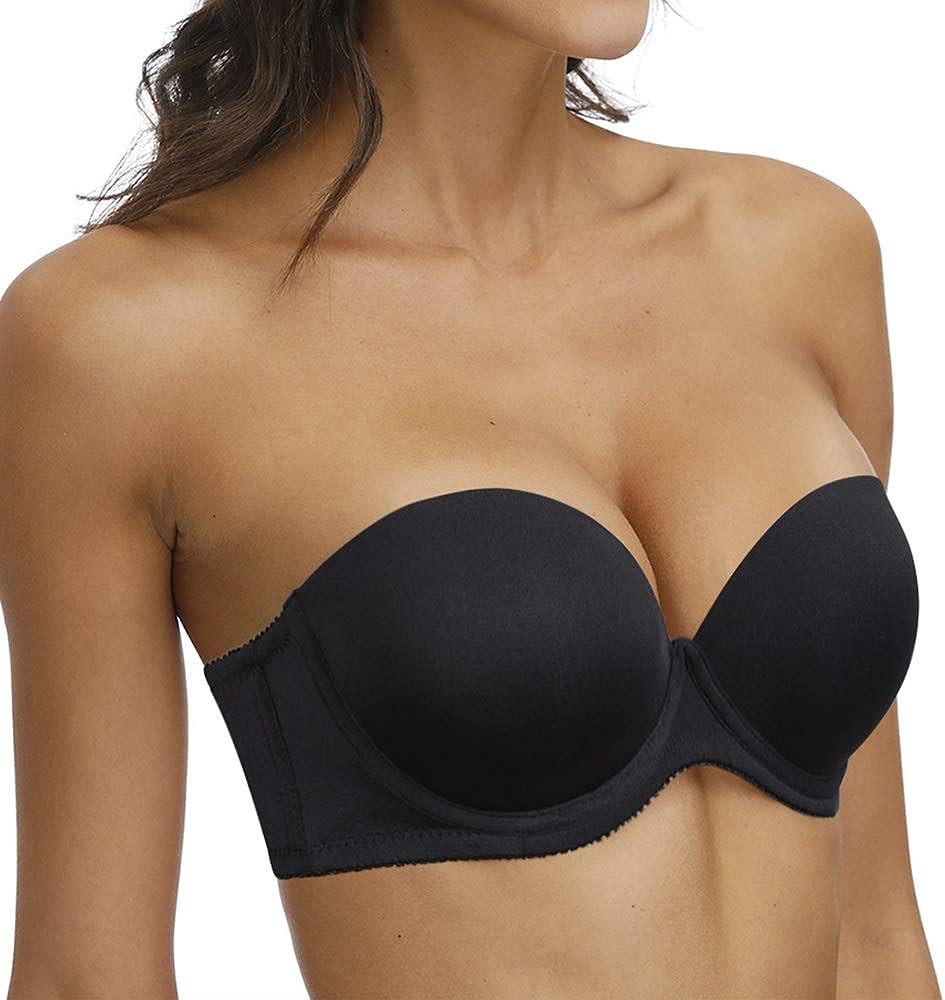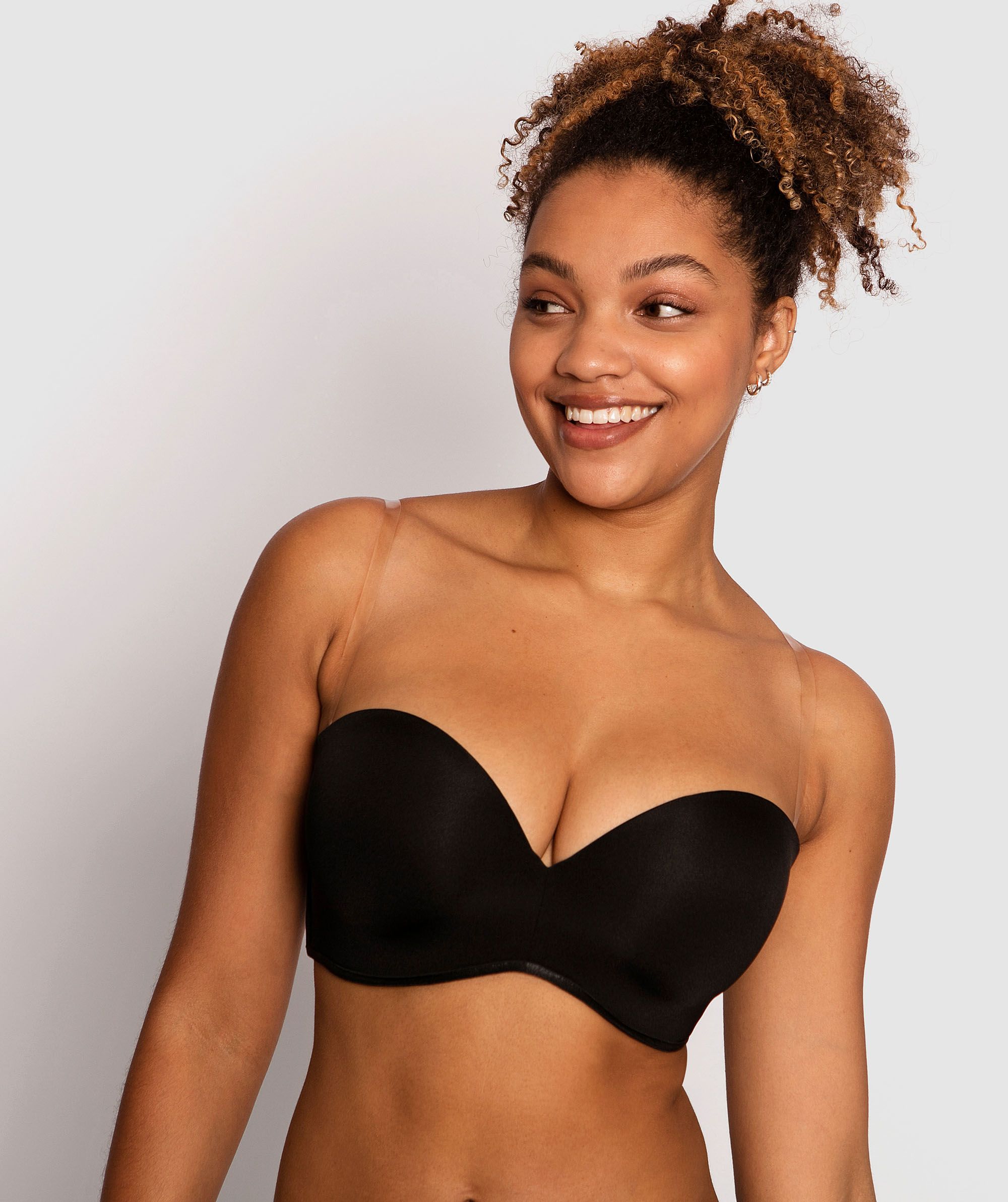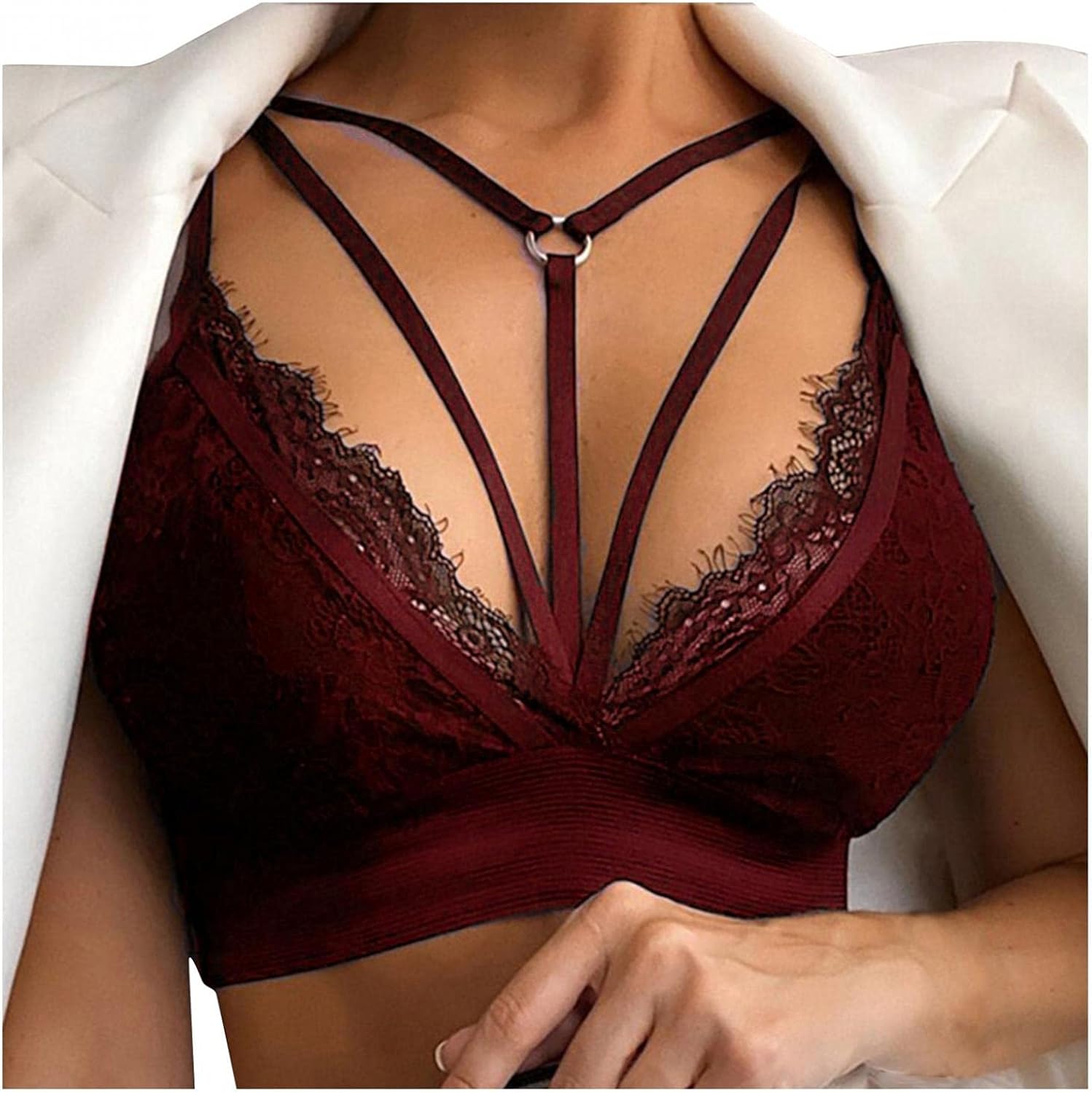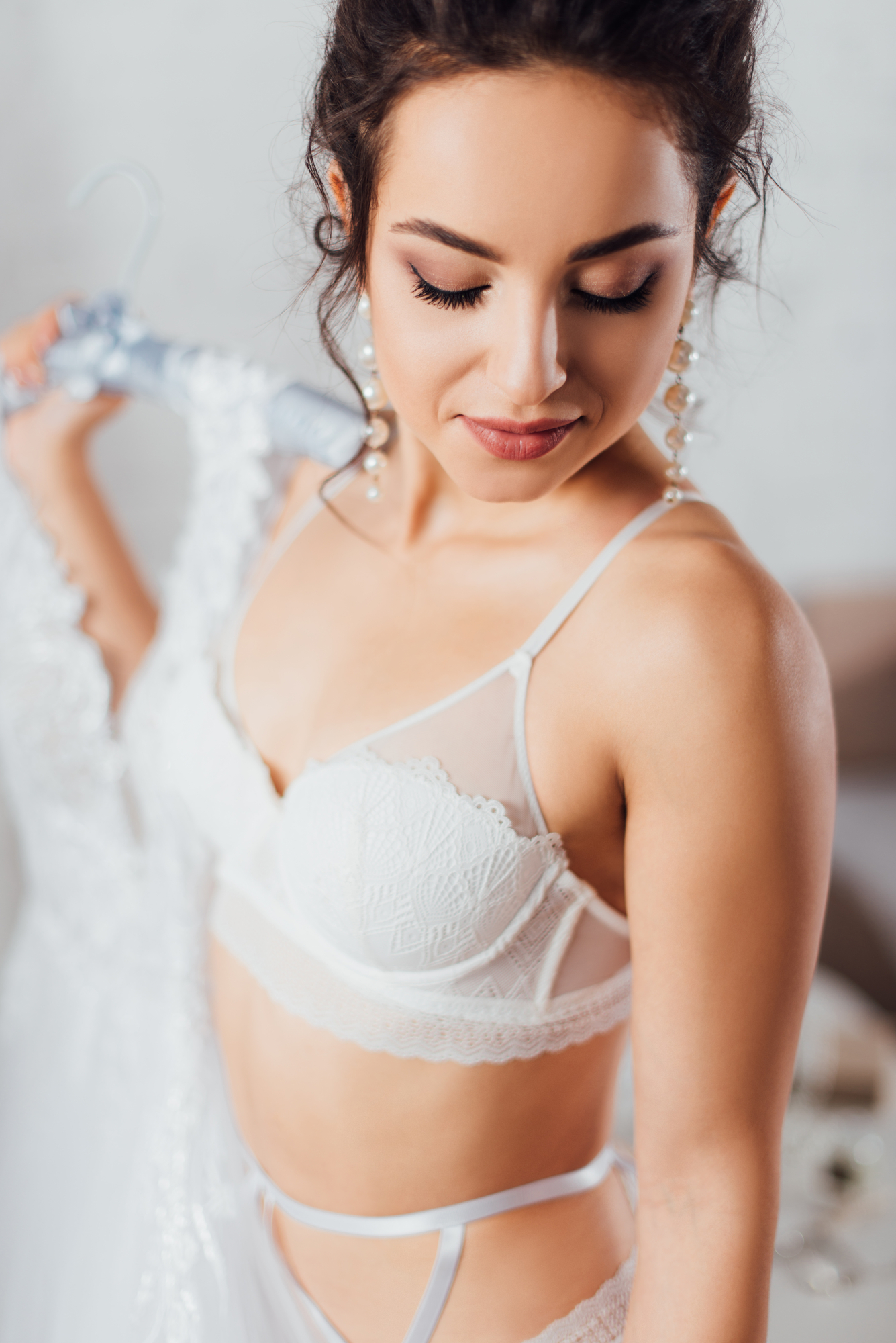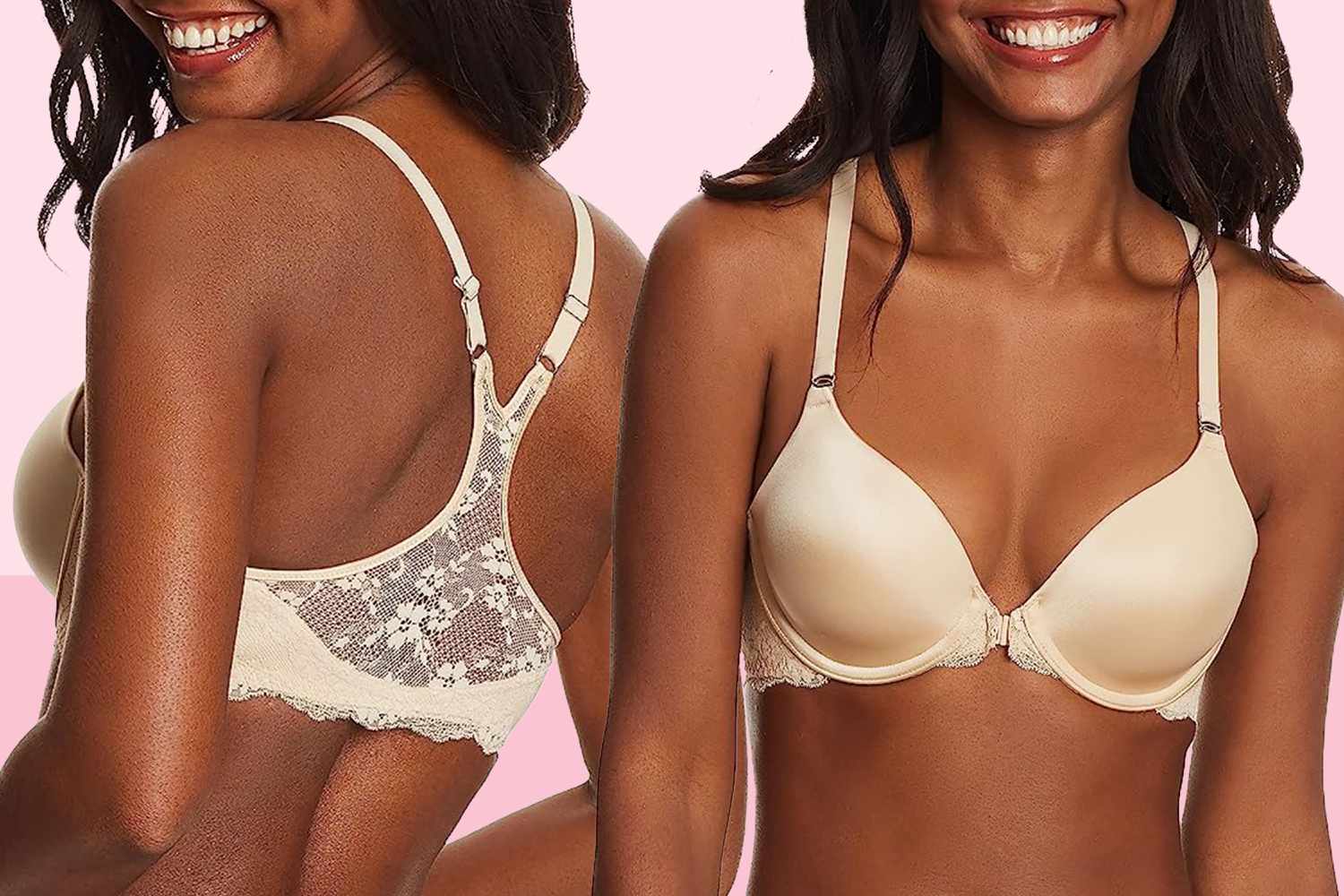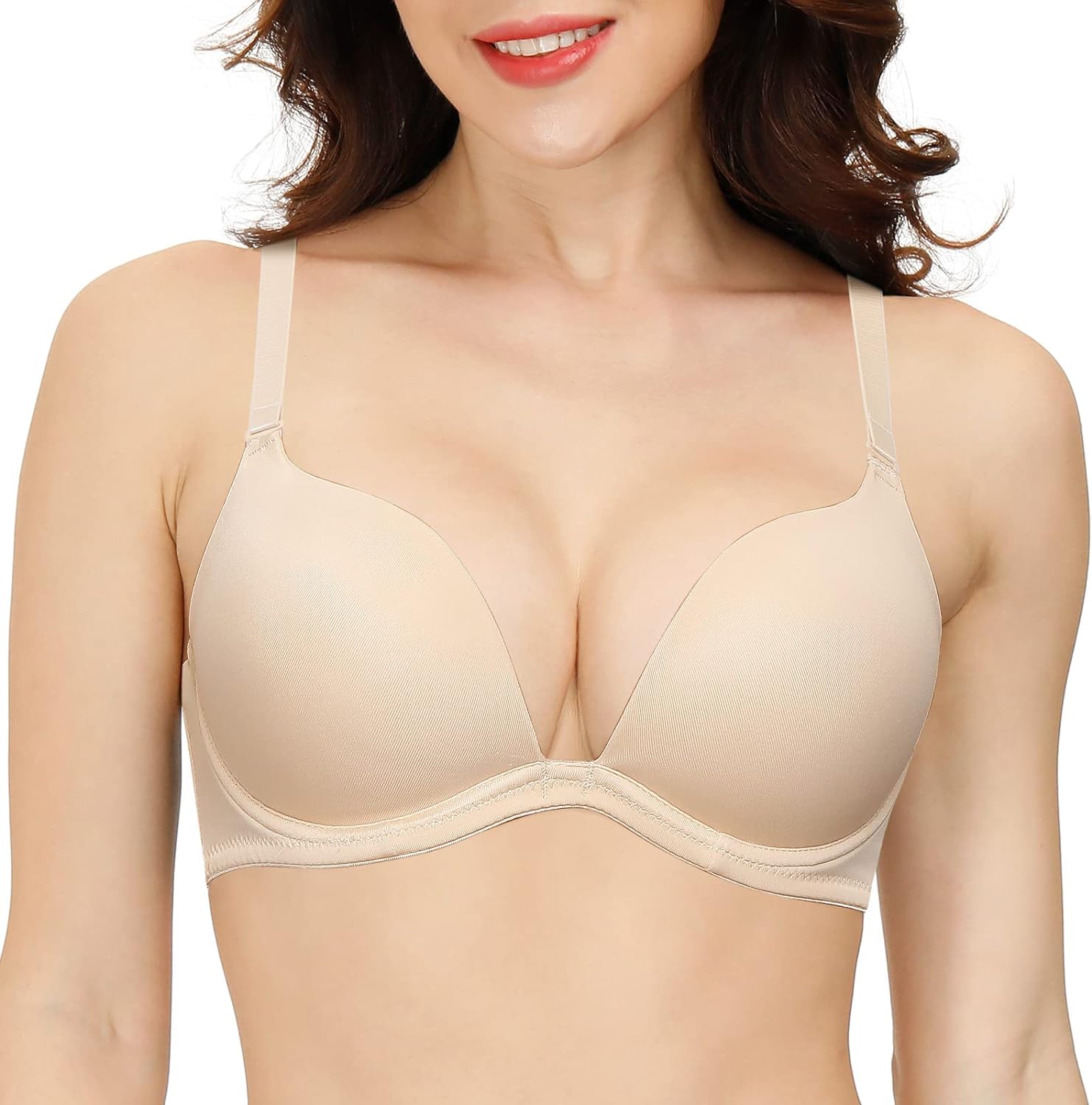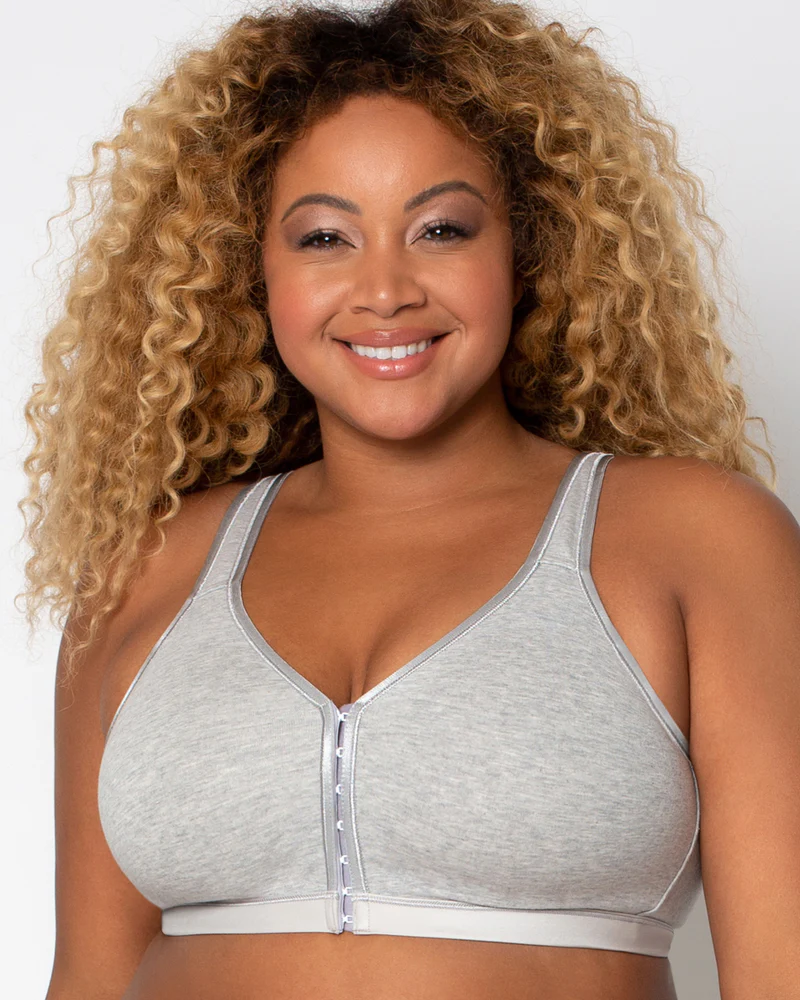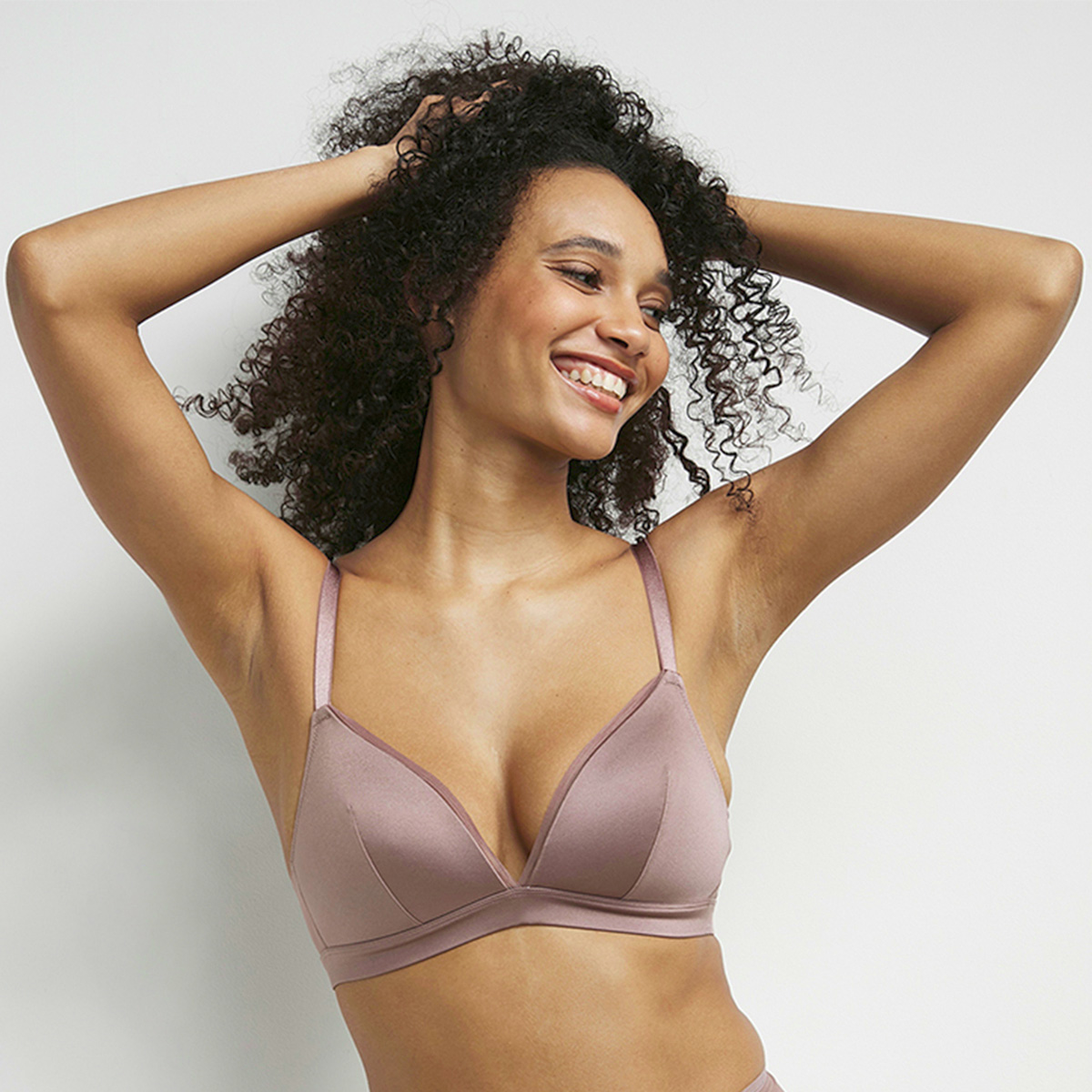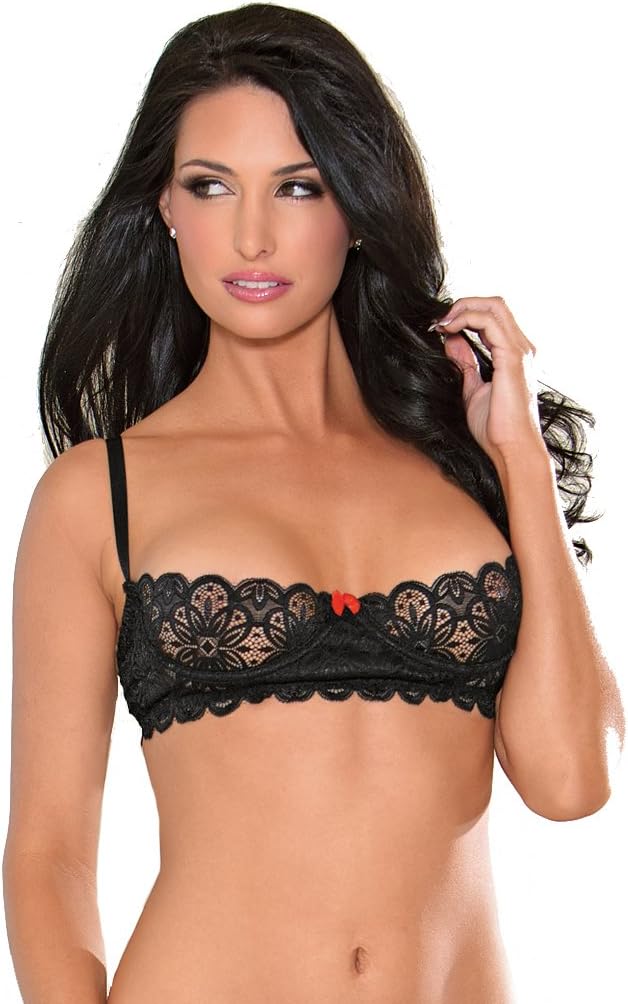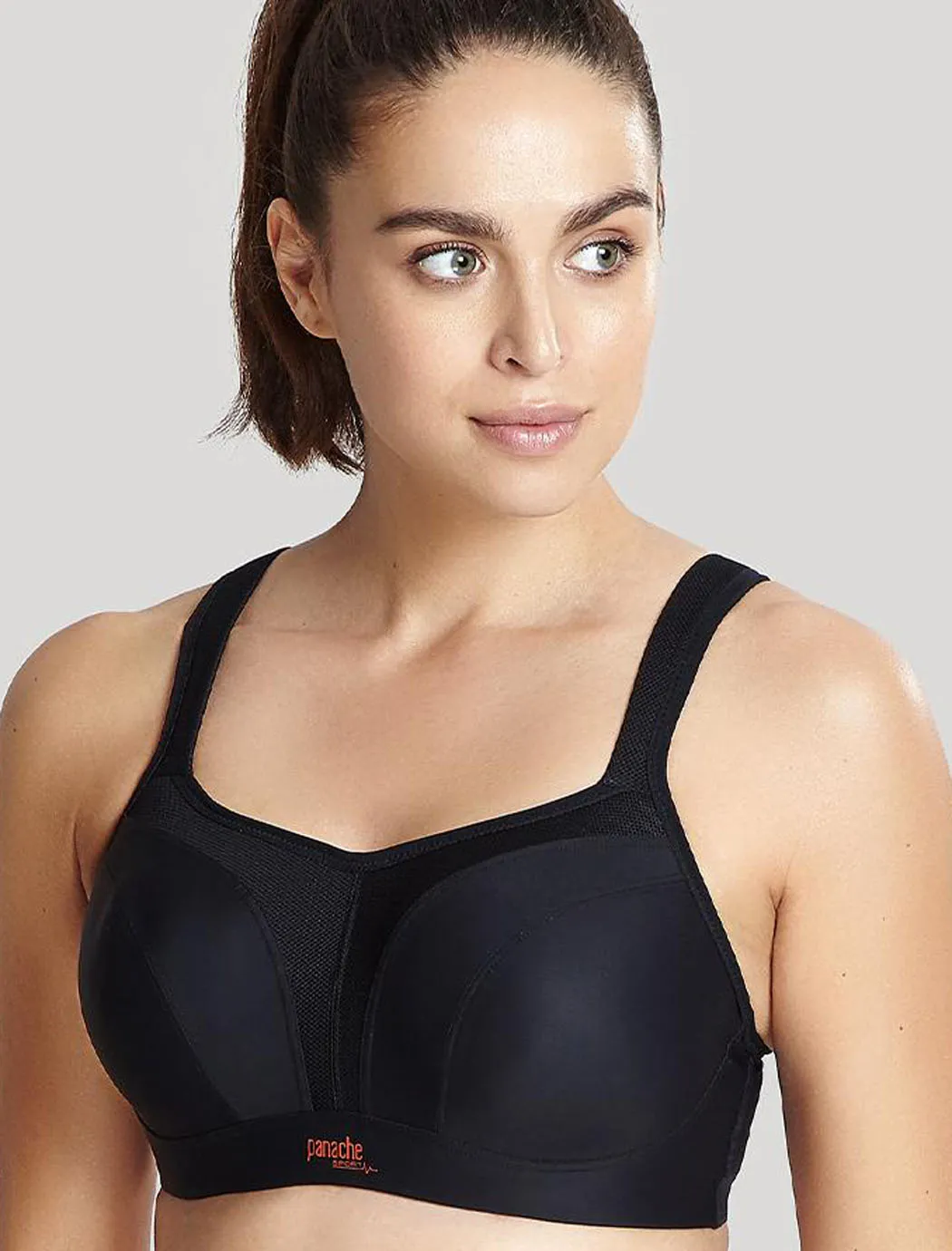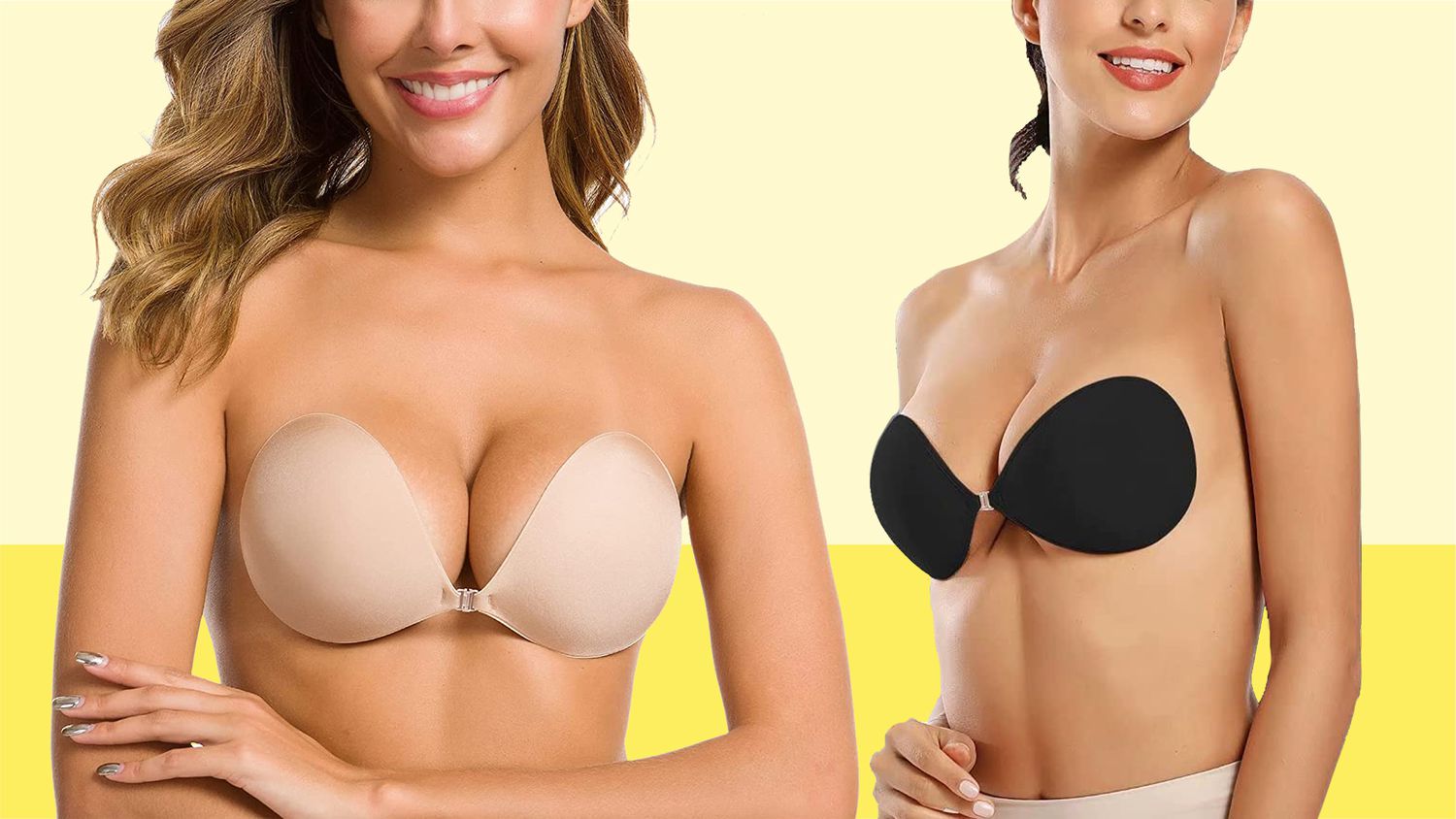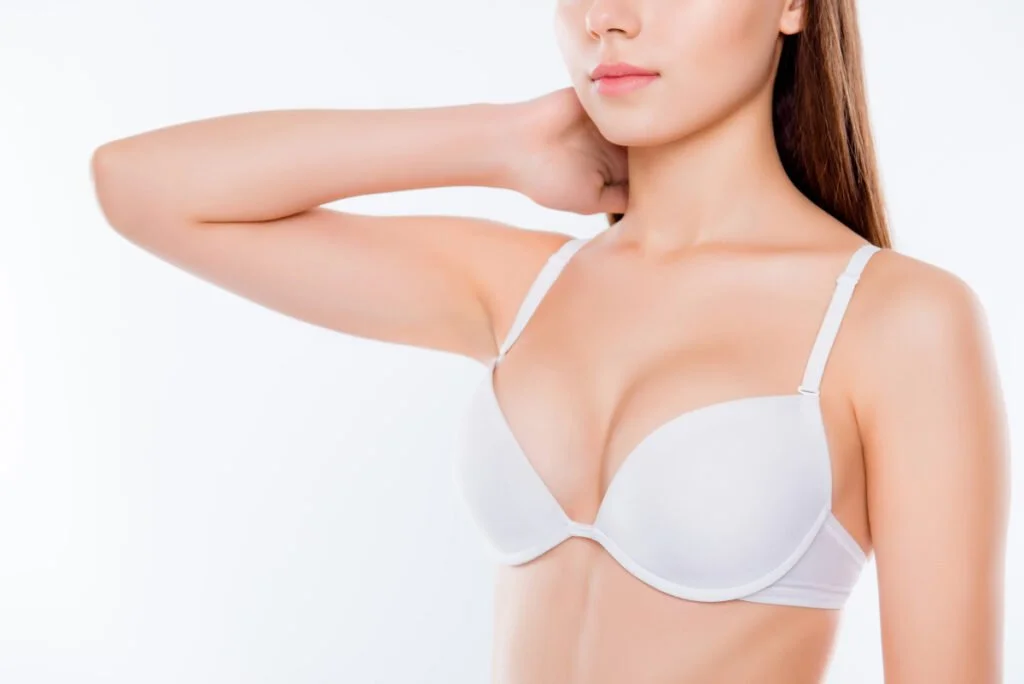Urgently looking for low maintenance front yard ideas? Then you’ve come to the right place!
Everyone loves the idea of a beautiful yard, but most do not have the time to maintain it.
Don’t worry, though. There are different ways to transform your landscape that don’t require a lot of effort or money. You still have options even if you are an amateur gardener.
You’ll still find something useful here regardless of how good you are at landscaping and yard work.
However, some ideas could require a little more work or professional assistance, but not all.
So if you want to give your house a curb appeal or create a lovely space in front of your home, here are some tips to get you started:
1. Just One Tree
Maintaining a simple, attractive, and low-maintenance yard is easy.
However, finding the ideal landscaping plan can be difficult if your yard is small. Maybe all you need is one properly positioned shade tree.
It does, however, need to be the right size shade tree. Dwarf cherry trees and Japanese acre are good choices for small gardens.
Also, you can pick a large tree from your garden. Perhaps you could think about getting a magnolia or acacia tree. A little yard would be perfect for these trees.
2. Mediterranean Gardens
There is a lot to like about Mediterranean gardening. These are perfect for any style or size of yard, but they particularly brighten up a small one.
You can add them to your list of low maintenance front yard ideas.
Traditional Italian gardens are part of the scenery that resembles the Mediterranean. For this landscape style, you can consider placing citrus trees in large clay pots.
Two potted trees on either side of your door may be a good idea if you have a particularly tight space.
Terracotta tile is a consideration if you want to coordinate your entire landscape with the pots.
The tile is particularly low maintenance and will last long without any serious care. Hence, it does not require special cleaning or resealing.
3. Your Gate Should Make a Statement
Letting your gate make a statement is also among low maintenance front yard ideas.
Apart from serving as just an entrance, your garden gate’s size, style, and shape can say a lot about your home and design tastes.
Whether it’s a charming waist-high picket design or a Japanese arch, these entry points set the mood for guests and truly enable your real estate to stand out from the rest.
Choose a style that complements your house’s front yard and architectural features.
4. Make Your Front Yard Available for Entertainment
Your front yard should function as more than just a passage from one point to another.
The addition of a paved seating area shaded by an eye-catching sunshade creates a sheltered and warm location to spend hours away from neighbors and friends and makes an attractive feature.
A decorative metal fretwork pattern will create a more modern statement than colonial timber-slatted designs, which may be ornamented with flowering climbers.
There is a wide variety of stylish patio furniture available.
5. Driveway Pavers
For low-maintenance front yard ideas, try this! Driveway pavers are a fantastic alternative to driveway design since they provide any home with a certain sense of beauty and durability.
The kind of stone selected for your paved driveway should correspond to the architectural style of each residence.
You should choose driveway pavers that complement your home’s decor, whether Mediterranean, contemporary, traditional or any other.
Using driveway pavers in a choice of colors allows homeowners to design their driveways to match their existing color scheme.
Also, it enables the creation of original patterns and designs that can enhance the visual appeal of your house.
Driveway paver designs offer countless options, whether you like a simple, uniform appearance or a complex, striking pattern.
6. Create a Beautiful Entrance
A stylish front entryway elicits a strong emotional response almost instantly. You can enjoy using it every day and making visitors feel welcome there.
The size of your entry walk is important to optimize its value and influence. Going too wide could conflict with your driveway, while going too small would make it more of a pathway.
To comfortably accommodate two persons walking side-by-side, an entry walk should ideally be six to eight feet wide.
Vertical walls or pilasters can improve the appearance of your entry walk while blending it into your home’s architectural design.
7. Plant Blooms in a Gradient
For low maintenance front yard ideas, you can grow a flower gradient. If you use a color wheel, it will appear spectacular but is quite formulaic.
You’re set to go if you choose flowers corresponding to the color wheel’s colors.
8. Choose Non-Fussy Native Flowers
Not all plants require the same amount of maintenance. If you’re after a “designer” plant from a certain region, you’ll probably have to put in the effort.
If you’d prefer to forgo this unnecessary exercise, choose flowers that were bred to flourish in your region and need less watering and pruning.
The best option is perennial because all you need to do is plant it once, and it will keep coming back year after year.
Choose a variety of hardier plants, such as daisies, lavender, or Black-Eyed Susans, that will bloom all season long.
9. Add a Lovely Water Feature
There is no doubting the captivating beauty of a front yard water feature.
When properly installed, water features may be a stylish way to raise a home’s curb appeal while requiring little attention.
A fountain is a better addition to your front yard than a pond, which takes a lot of level area and may be time-consuming to install and maintain.
Add a fountain (or two) next to your front patio as a cool way to greet visitors.
It should not be difficult because fountains come in various shapes and styles.
For low-maintenance front yard ideas, you can try this hack!
10. Add Garden Steps
Shapes and blocks can enhance almost every space. For a low-maintenance landscaping design, you can also include some garden steps in your front yard.
You can build garden stairs in your front yard on your own or with the aid of a professional.
In any event, garden steps will enhance your home’s appearance and make it more pleasing to the eye.
11. Create a Colorful Border
You can see that not all front yard ideas call for planting trees or other vegetation.
Also, you might use exquisite paint to decorate the house’s boundary.
Your front yard will look more elegant with colorful borders, and the appearance of your house will improve as well.
You can also add decorative borders to the front yard hedges if you don’t want to paint your house a different color.
12. Consider Mulching For Low Maintenance Front Yard Ideas
Mulch is the best way to landscape your front yard. It is one of the most affordable, low-maintenance landscaping ideas.
By adding some mulch, you can give your front yard a fresh new look. This approach would be perfect for front yards more prone to weed growth.
While mulch would prevent them from receiving adequate sunshine, this solution will eliminate the hassle of routinely weeding your garden.
Hence, weeds wouldn’t flourish much in your front yard.
13. Terraced Plant Beds
If there is enough room in your front yard, you can build terraced plant beds. This would accomplish two things.
You would be able to improve the appearance of your front yard first. A second benefit is that you might manage soil erosion in your front yard.
Terraced plant beds are the ideal low-maintenance front yard ideas. You can have a terrace in your front yard with two to three layers, as long as you use native, hardy plants.
14. Make a Stepping Stone Pathway
One of the best ways to improve the appearance of your front yard is to build a pathway using stepping stones.
You may find and purchase stepping stones without paying a lot of money. To make it look even more beautiful, add decorative grass.
Laying down stepping stones can create a pathway to your house. This is among the most budget-friendly modern front yard landscaping ideas that require little maintenance.
15. Ensure to Use an Automatic Irrigation System
Use an automatic irrigation system instead of dragging a garden hose around your yard to maintain it. These systems make it simple and accurate to water your plants.
For optimal effectiveness, you can concentrate on regions that require more water.
You may also program the system to operate when you aren’t home so your plants won’t become dehydrated while you’re away.
16. Grow Drought-Tolerant Perennial Plants
For low-maintenance front yard ideas, plant drought-tolerant shrubs. You can also grow an annual plant that requires a lot of water because you love it.
But, compared to a perennial that can withstand drought, it will require a lot of labor for only one growing season’s enjoyment.
Use drought-tolerant shrubs and other perennials for your landscaping to require less maintenance, especially in sections of the yard that receive full sun (which raises a plant’s moisture requirements).
With little maintenance from you, they’ll maintain their excellent appearance year after year.
17. Make Your Landscape Dog-Friendly
Dogs can wreak havoc on a yard. You’ll probably need to change your landscaping if you have dogs.
And the changes that will require the least effort over time are the ones you should make.
One of these is moving to a grass variety like Bermuda grass or tall fescue grass that holds up better under “paw traffic.
Also, unlike regular grass, a clover lawn won’t exhibit the ugly yellow stains or burns left by dog pee.
18. Use Artificial Grass
For low-maintenance front yard ideas, use articulated grass. Consider artificial grass if you want a lush, green lawn but don’t live in a climate that can support one.
Artificial lawns are common in desert houses but are also an excellent option for homeowners who don’t want to deal with lawn upkeep.
Artificial turf doesn’t require fertilizer, watering, or mowing. Also, no unattractive brown spots or weeds will appear.
Compared to grass maintenance, maintenance is minimal once the first installation is complete.
19. Use Low Maintenance Ornamental Grass
Many ornamental types of grass are attractive and require little maintenance. You shouldn’t walk on these grasses.
Instead, they enliven a room with their texture, height, variety of leaf colors, and floral arrangements.
You’re sure to find a species ideal for your yard because they come in various appearances and growing requirements.
For instance, for hardiness zones 5 to 9, maiden grass is a good ornamental grass.
In addition, blue fescue, a short, drought-tolerant type for zones 4 to 8, doesn’t often have any major insect or disease issues.
20. Use Container Gardening for Low Maintenance Front Yard Ideas
There are numerous advantages to container gardening that reduce plant maintenance.
You have complete control over the specific type of soil you use, which will significantly impact your plants’ health.
Also, you control how much sunlight and water the containers receive.
Moreover, pests and illnesses are typically less prone to affect containers.
Overall, dealing with plant issues is likely to take less time. Also, you can avoid getting rid of and replacing plants by bringing containers inside during the winter.
21. Add Rock Gardens
Low-maintenance, drought-resistant plants are common in rock gardens.
However, the rocks themselves can be used as decoration without ever needing to be watered or otherwise cared for, and they still have a beautiful, organic appearance similar to plants.
Ensure the plants you select for your rock garden have comparable growing requirements.
For instance, if your rock garden is in full sun, ensure they enjoy loads of sunlight.
You won’t have to worry about giving personalized care if you do it that way.
22. Landscape Lighting
Consider landscape ligations for low maintenance front yard ideas. It can serve as a safety feature and boost your house’s value.
For instance, having lights in front of your home discourages burglars because you can see everything.
The path is also safely lit, allowing walkers to see where they are going. There are endless alternatives to landscape lighting.
Solar illumination is available, so there is no need to connect them to your electrical supply or plug them in.
Your monthly electric bill will no longer include the cost of powering the lights.
By installing lighting, you can easily and cost-effectively improve your landscaping without adding any plants.
23. Climbing Wall
A trellis with climbing flowers is a wonderful accent if your yard is small.
This adds curb appeal and a splash of color to limited space. It also enables you to add flowers without consuming any ground space.
This is an excellent suggestion: if you have an ugly space, fill it with flowers. Clematis is a wonderful choice for flowers, and it is a substitute for ivy.
There are more than 300 different species to pick from. The climate may cause minor changes in the blooms.
It may be evergreen in warmer climates and deciduous in colder climates.
24. Classic Edged Pathway
Try classic edged pathways, one of the oldest and most well-known landscape styles, for low-maintenance front yard ideas.
Often, this kind of landscaping is seen around the entrance. It is a simple design carefully crafted, shaped, and formed.
Moreover, you can line the path with shrubs that you can trim and clip however you like.
The shrubs complement ground-covering flowers like phlox and creeping thyme, creating a clean border between your lawn and pathways.
25. Floral Border and Window Boxes
A floral border and complementary window boxes are a wonderful and simple way to revitalize the front of your home.
The border will catch more attention from visitors if it is more colorful.
Petunias and hydrangeas are two fantastic flower choices for this design. To offer green all year round, you should sprinkle in a little evergreen here and there.
The flowers in the flower bed and the window box should match for a perfect finish.
26. Evergreen Borders with a Pop of Color
This tip offers low-maintenance front yard ideas. Many homes prefer evergreens for landscaping due to their year-round greenness.
They also require little maintenance and look beautiful all the time.
This is very useful because there is a lack of color throughout the winter.
Thus, creating a mulch border with evergreens around the front of your property is a great landscaping idea.
A small splash of color would be a wonderful accent to this border. Azaleas produce a stunning show of color in the spring and summer.
They come in a variety of hues, from white to fuschia. These flowers may thrive in any environment. They don’t demand extra effort or maintenance.
27. Multi-Seasonal Flowerbeds
Planting multi-seasonal flowerbeds is among the low maintenance front yard ideas.
If you combine annuals with evergreens, your flowerbeds will have a wonderful variety of flowers that will survive the entire year.
By doing this, you can be sure that the color in front of your house will be consistent.
Combining evergreen plants with spring and summer blooms is a fantastic method. This gives your luscious plants a burst of green color.
Your home becomes more inviting when you add a splash of color to the evergreen.
Using window boxes filled with the same kind of flowers will offer an extra touch.
This unifies the aesthetic of your home and pulls guests’ attention.
28. Planted Wheelbarrow
Try the planted wheelbarrow for low maintenance front yard ideas. If you prefer the vintage or cottage style, a wheelbarrow full of potted flowers and ivy may be the perfect addition to your yard.
It works well in any yard and with any house, but a cottage-style house is a perfect fit.
Various flowers, such as petunias, daisies, or any other hanging basket plant, are ideal for this idea.
The perfect plant will spill over the side of the wheelbarrow. The best option would be to use a premium potting soil mix that holds water inside the wheelbarrow.
Your flowers will benefit from this during the hot months.
29. Japanese Inspired Yard
Low maintenance front yard ideas include a Japanese-inspired yard. Small front yards are perfect for this idea.
It is also perfect for someone who wants a simple front yard layout. This landscaping blends grass, moss, gravel, and slowly growing cedar and maple.
Pruning is rarely necessary for these plants to maintain their attractiveness. It doesn’t require much upkeep and doesn’t take up much room.
It is not necessary to rake the gravel used in this landscape style.
30. Pebbles and Plants
Consider using pebbles or stones if you want a landscape design that requires little maintenance or hassle. Plants and shrubs work well with pebbles as accents.
Using dark grey pebbles around paving stones is an excellent method to achieve this. Another choice is to use pebbles around the shrubs in your yard.
Stones and pebbles offer a strong barrier for your landscape instead of mulch, which needs to be refreshed every season.
You can also add native plants that you pick out specifically for your front yard.
They could be liatris, coneflowers, or black-eyed Susans. You must include decorative grass to bring everything together.
31. Flower Arch for Front Door
You can make a flower arch with flowering vines and climbers above your front door.
Consider the climbing flowers framing your entryway, such as jasmine and bougainvillea, stylish collars.
Arches are available for purchase or can be made using wires and wood posts.
